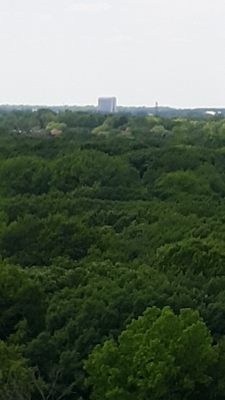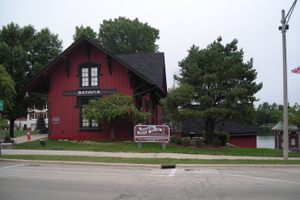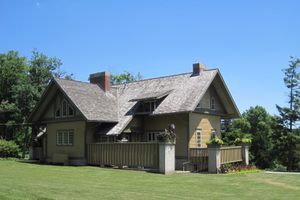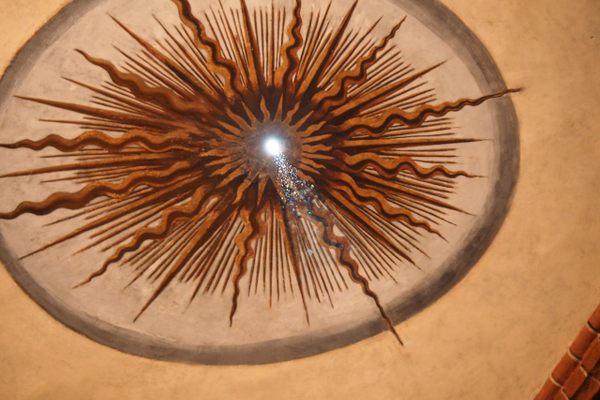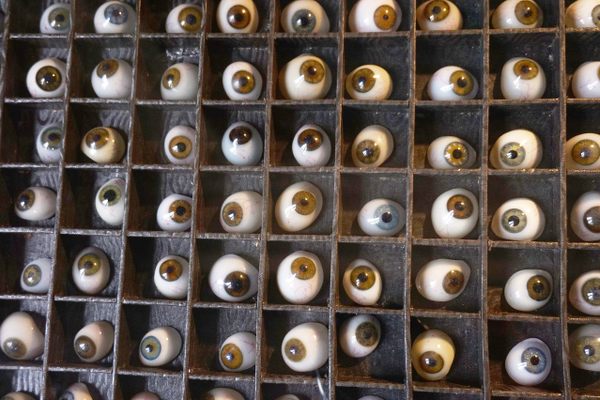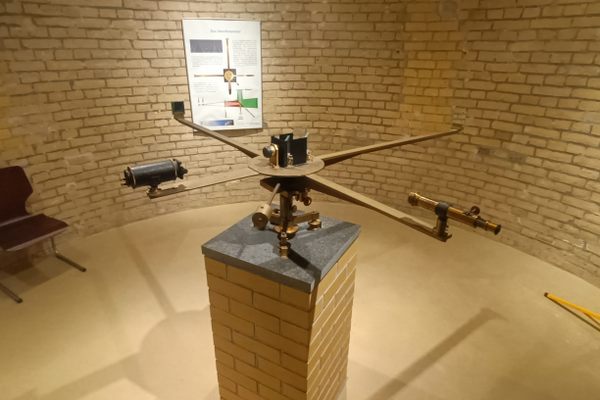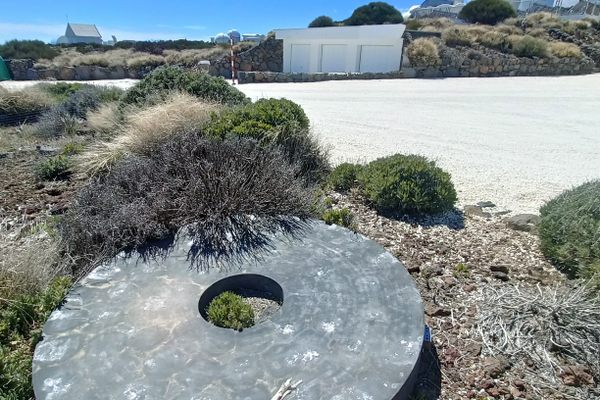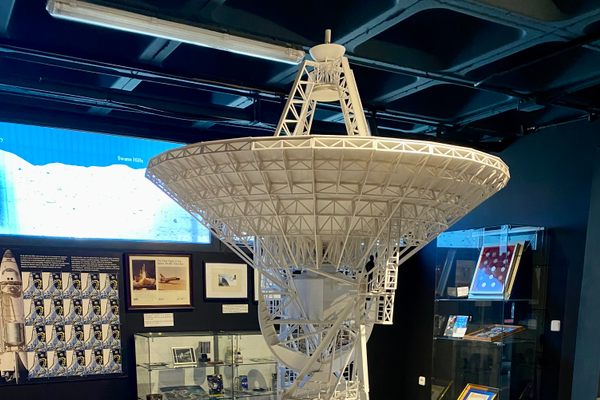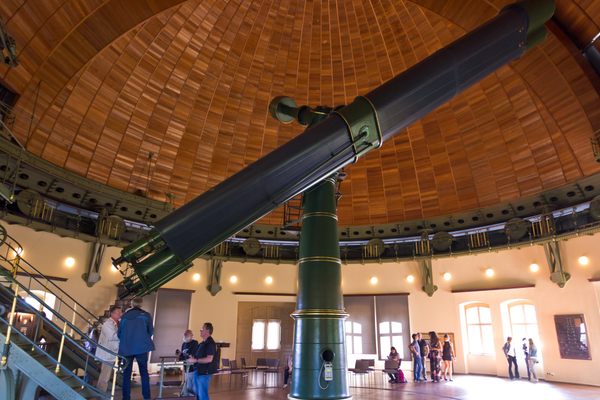About
Before Switzerland's Large Hadron Collider, the Tevatron at Fermilab in Illinois was the largest and highest-energy particle accelerator in the world. Despite being bumped into second place by the Europeans, however, Fermilab particle physicists are still using their enormous instrument to uncover nature's hidden secrets.
Measuring 3.9 miles (6.3 km) across, the Tevatron is a ring-shaped tube that uses magnets and high voltages to accelerate particles in opposing paths. Where the two opposing beams meet, detectors are placed to catch the results of particles colliding at energies close to two trillion electron volts. While that might sound like a catastrophic event, the energy is really about the same as the collision of two common houseflies. Nevertheless, the scientific results of these collisions can be Earth-shattering, to say the least.
That's because at the lab just outside of Chicago, scientists are trying to solve one of the greatest mysteries in physics: the asymmetric distribution of matter and antimatter in our observable universe. Matter comprises everything we are familiar with, like our bodies, our sun, and our galaxy. But for every matter particle, there is an antimatter particle with the same mass and an opposite electric charge.
And when a matter particle collides with its corresponding antiparticle, the two are said to "annihilate" each other. The collision leaves behind new particles and anti-particles, but a problem arises when considering the conditions of the early universe. According to current physics, the distribution of matter and antimatter should have been equal at the Big Bang and the resulting explosion would have annihilated everything, leaving nothing behind to create the variety of planets, stars, and galaxies we see today.
Thus, by answering the question of why there is more matter than antimatter in our universe, Fermilab scientists would be able to explain why we exist at all. And recent discoveries by the lab's DZero team show that they might be getting closer to an answer. By accelerating protons and antiprotons to near-light speeds in the Tevatron, the team has observed that the resulting collisions were 1% more likely to produce matter than antimatter.
While these results have yet to be confirmed by others, several different interesting experiments continue to run at the laboratory, some of which can be seen on tours of the site. Fermilab is open to the public daily, and visitors can expect to learn about a lot more than physics.
The grounds are home to a small herd of bison (present since the lab's founding in 1967) as well as a variety of mathematical sculptures and architectural forms, such as an Archimedean spiral, a geodesic sphere, a Möbius strip, and a staircase resembling the DNA double helix. Furthermore, the lab frequently hosts a range of cultural events including musical concerts, folk dancing, and art exhibitions.
Fermilab (also known as Fermi National Accelerator Laboratory) is a US Department of Energy National Laboratory. The lab is named after the Italian particle physicist Enrico Fermi, who is most known for his work on the first nuclear reactor.
Related Tags
Know Before You Go
From Chicago, travel west on the Eisenhower (I-290) to I-88 (80 cents) Exit I-88 at the Farnsworth exit, north or right (60 cents). Farnsworth becomes Kirk Road. Follow Kirk Road to Pine Street. Turn right at Pine Street, Fermilab's main entrance.
From O'Hare Airport, take I-90 east toward Chicago. After just a couple of miles, take I-294 south, toward Indiana (80 cents) From I-294 take the exit to I-88, the east-west tollway, toward Aurora (80 cents). From I-88, take the Farnsworth exit (60 cents). Turn north onto Farnsworth. Farnsworth becomes Kirk Road. Follow Kirk Road to Pine Street. Turn right on Pine Street, the Main Entrance to Fermilab.
See website for more details.
Community Contributors
Added By
Edited By
Published
May 21, 2010















